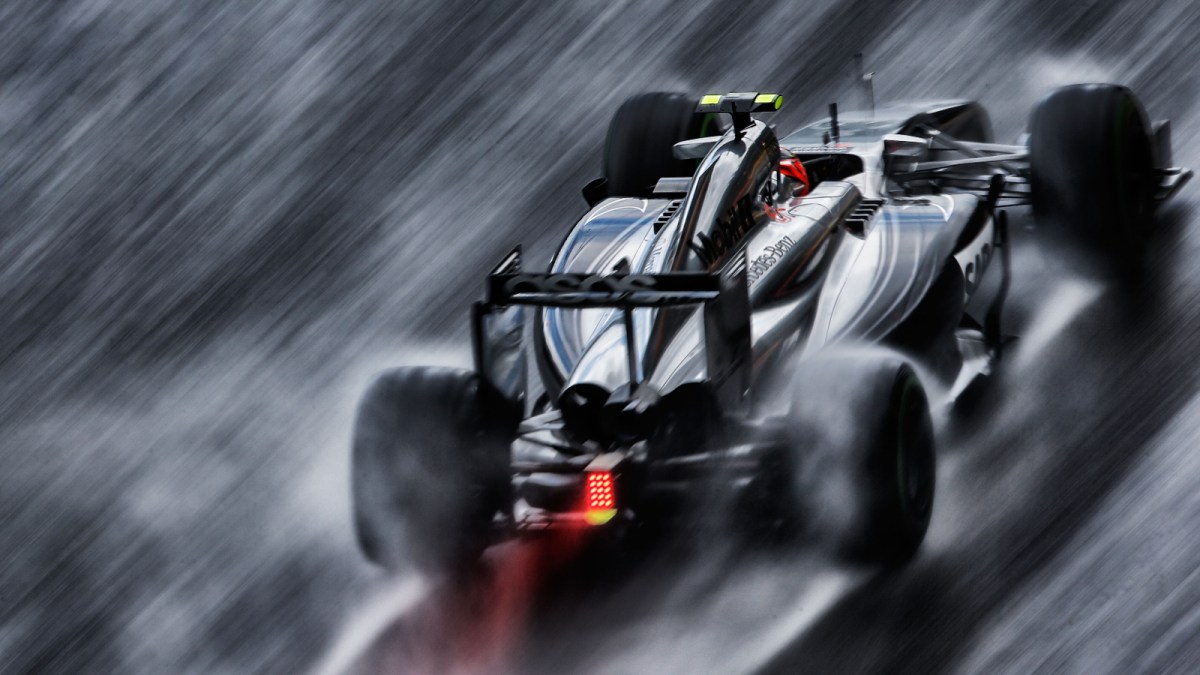The supercharged international sport of Formula One racing prides itself on high speeds, superb strategies, and precision driving. Some of the best auto racers in the world perform at the most optimum level week after week, driving their supercars in a masterful fashion.
But to be the absolute best driver on the track from start to finish at a single event? From the time to run the track for your position on the pole all the way to the winner’s spot on the podium? Well, that takes something really special.
A Grand Slam sometimes called a “Grand Chelem” in Formula One occurs when a driver leads a Grand Prix race from the pole position and leads every lap of the race while also marking the fastest lap of the race.
Sure, it’s a tough feat to accomplish, still considered by many to be a rare occurrence. The odds of pulling one off are inherently low and back during the origins of Formula One.
Currently, there are a record 23 races in the 2022 season but a Grand Slam has been achieved somewhat often throughout the sport’s history since the first one in 1952.
History of the F1 Grand Slam
The first Grand Slam in Formula One history was achieved by Italian driver Alberto Ascari, at the 1952 German Grand Prix. A two-time F1 World Champion, Ascari notched three Grand Slams that year, including becoming the first driver in the sport’s history to run two Grand Slams in consecutive races. He added another two slams the following year, in 1953.
It would be a handful of years until two British drivers, Mike Hawthorn and Stirling Moss would earn slams of their own in 1958 and 1959, respectively.
But in the ‘60s, Jim Clark, one of the greatest Formula One drivers in history, ran for all eight of his career Grand Slams from 1962 to 1965. He also became the second driver in F1 history to complete consecutive slams with two in ‘65. Clark’s eight career slams are still the all-time F1 record.
In the ‘70s, there were nine total Grand Slams spread out among seven drivers. It was another well-known British driver, Jackie Stewart, who led among all of these drivers with three slams in 1971 and 1972.
Then there was a really impressive showing by a couple of drivers from Brazil during the 1980s. Out of the six Grand Slams during the decade, two came from Ayrton Senna and three from Nelson Piquet, who are both F1’s most celebrated Brazilian drivers, each winning three championships apiece during their careers.
And in the ‘90s, 11 slams were seen from the tracks as British racer Nigel Mansell notched all four of his career Grand Slams over two straight seasons, 1991 to 1992, to be exact. Fellow Brit Damon Hill got only one career slam in 1995 while Finnish driver Mika Häkkinen notched two of his own in 1998. And Senna, the Brazilian, also drove for two more slams in 1990.
But German racer Michael Schumacher, one of the most decorated Formula One drivers of all time, earned two Grand Slams in 1994 during the first of his seven F1 championship seasons.
Formula One Grand Slams in the 21st century
Since 2000, the two best drivers in Formula One history were running all over the tracks, way ahead of the competition. Schumacher nabbed a Grand Slam at the 2002 Spanish Grand Prix and two more at the 2004 Australian and Hungarian Grand Prix.
Another German racer that comes to mind is Sebastian Vettel, who earned four career slams all during his four-year F1 title run from 2010 to 2013.
And British superstar Lewis Hamilton, the only other driver to have won seven Formula One titles, raced for six Grand Slams from 2014 to 2019. And since he’s still active, he could easily add to his total and potentially tie or surpass Jim Clark’s legendary eight career slams.
Rounding out the last few slams to have occurred this century are Spaniard Fernando Alonso’s 2010 Singapore Grand Prix, and Hamilton’s biggest current racing rival, the defending F1 champion Belgian-Dutch driver Max Verstappen, who performed his first-career slam at the 2021 Austrian Grand Prix.
The most recent Grand Slam happened just this year when Monégasque driver Charles Leclerc won the 2022 Australian Grand Prix in early April.

